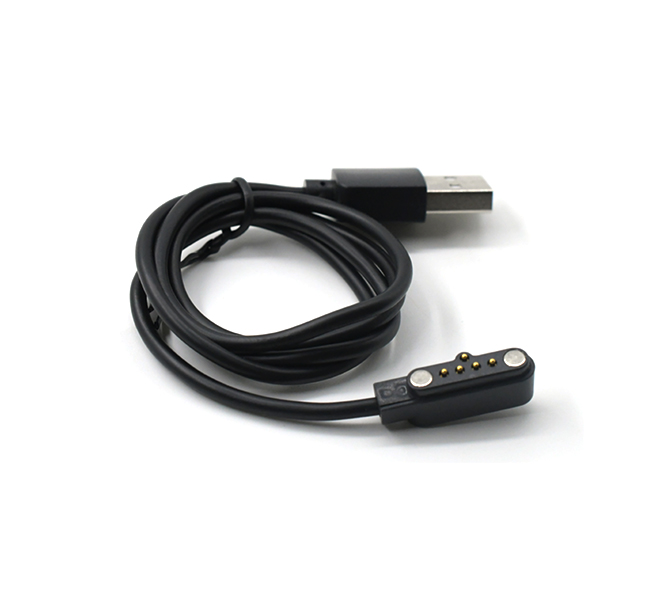Time:2025-08-12 Views:1 source:News

A NAND programming pogo pin is a specialized electrical connector designed for the programming and testing of NAND flash memory devices, which are widely used in consumer electronics, data storage systems, and embedded applications. NAND flash requires precise programming of data (such as firmware, operating systems, or user data) during manufacturing or post-assembly, and pogo pins facilitate the temporary yet reliable electrical connection between the programming equipment and the NAND device’s contact pads. These pins are engineered to handle the unique requirements of NAND programming, including high data transfer rates, low contact resistance, and compatibility with small form factors.
One of the primary functions of a NAND programming pogo pin is to transmit high-speed data signals between the programmer and the NAND chip. NAND flash interfaces, such as ONFI (Open NAND Flash Interface) or Toggle DDR, operate at data rates up to several gigabits per second (Gbps), requiring the pins to maintain signal integrity with minimal reflection, crosstalk, or delay. To achieve this, NAND programming pogo pins are designed with low inductance and capacitance, often featuring short plunger lengths and optimized materials to reduce signal loss. The pin’s spring-loaded mechanism ensures a consistent contact force (typically 10–30 grams), which stabilizes the electrical connection and minimizes impedance variations that could disrupt high-speed data transmission.
NAND devices, especially in compact packages like BGA (Ball Grid Array) or QFN (Quad Flat No-Lead), have small, densely packed contact pads—sometimes as small as 0.3 mm in pitch. NAND programming pogo pins are therefore manufactured with tiny, precision-machined tips (as small as 0.1 mm in diameter) to align with these pads without bridging adjacent contacts. The tip geometry is often rounded or convex to ensure uniform contact with the pad’s surface, which may be covered with a thin layer of solder or gold. This design prevents damage to the pads while ensuring a low-resistance path for both data signals and power.
Power delivery is another critical role of NAND programming pogo pins. NAND flash chips require stable power supplies (typically 1.8V or 3.3V) during programming, and voltage fluctuations can cause programming errors or even permanent damage to the device. Pogo pins used for power and ground are designed to handle higher currents (up to 1A or more) than signal pins, with thicker plungers and low-resistance materials (such as beryllium copper with gold plating) to minimize voltage drop. Some pins also feature larger contact areas to distribute current evenly, reducing the risk of overheating during extended programming cycles.
Durability is essential for NAND programming pogo pins, as programming equipment may process thousands of devices daily. The pins are constructed to withstand repeated contact cycles—often 100,000 or more—without degradation. The spring inside the pin is made from high-fatigue materials like stainless steel or nickel-cobalt alloys, ensuring consistent contact force over time. The plating (usually gold over nickel) provides corrosion resistance, preventing oxidation that could increase contact resistance and impair performance.
In manufacturing environments, NAND programming pogo pins are often integrated into custom test fixtures or sockets that hold the NAND device in place during programming. These fixtures include alignment guides to ensure precise positioning of the pins relative to the device’s pads, as even minor misalignment can lead to failed programming or pad damage. Some fixtures also incorporate heating elements to simulate operating temperatures, allowing for programming and testing under conditions that mimic the device’s final application environment.
NAND programming pogo pins are essential for ensuring the efficient and reliable programming of NAND flash memory, enabling the mass production of data storage devices with consistent performance. Their ability to handle high-speed signals, precise alignment, and repeated use makes them a key component in the manufacturing and testing of NAND-based products.
Read recommendations:
Magnetic connector mass production supplier
Automotive Electronics Magnetic PogoPin